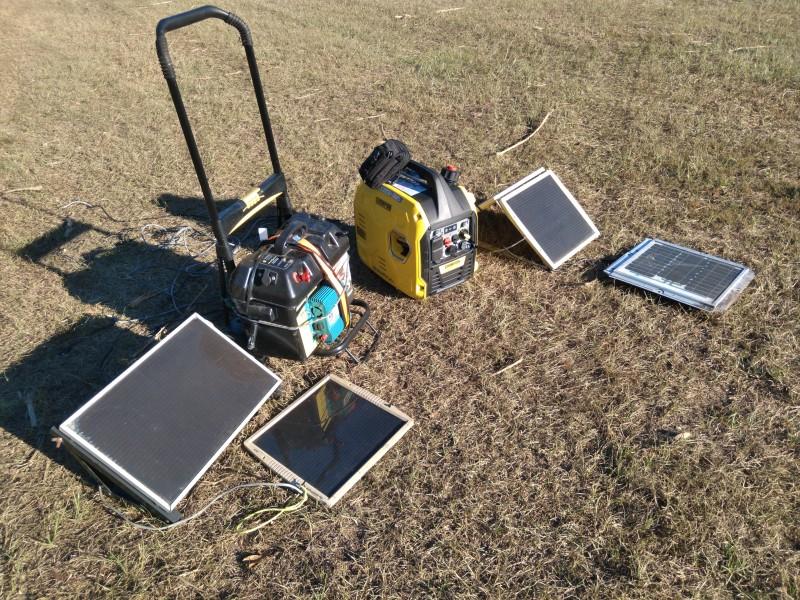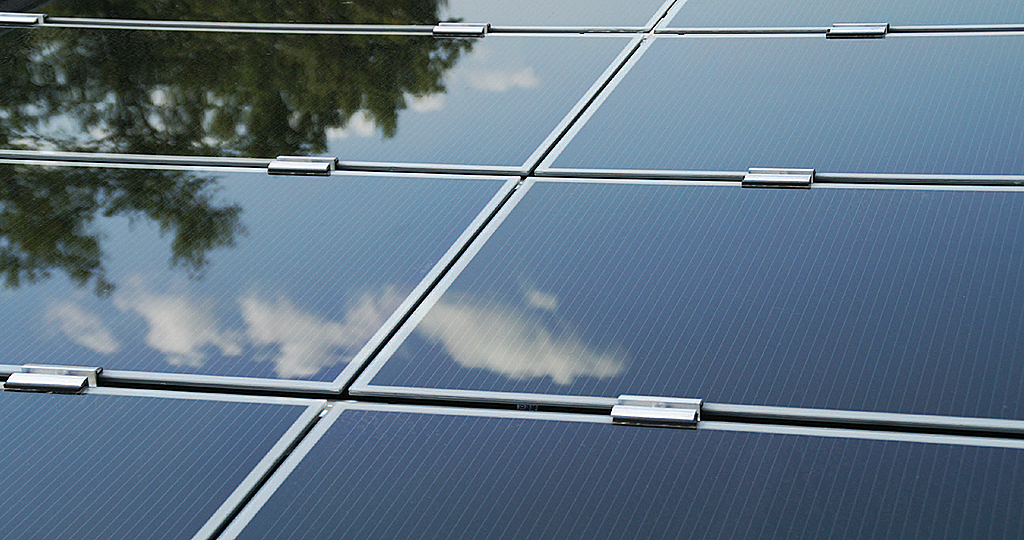A Good Way to Get Started
A few posts back I went out in the shed and dragged out some examples of ways you could put together a small solar power system for camping or to get you by after a storm. They are functionally equivalent to some of the systems you may see in the corner of the page when […]
A Good Way to Get Started Read More »


